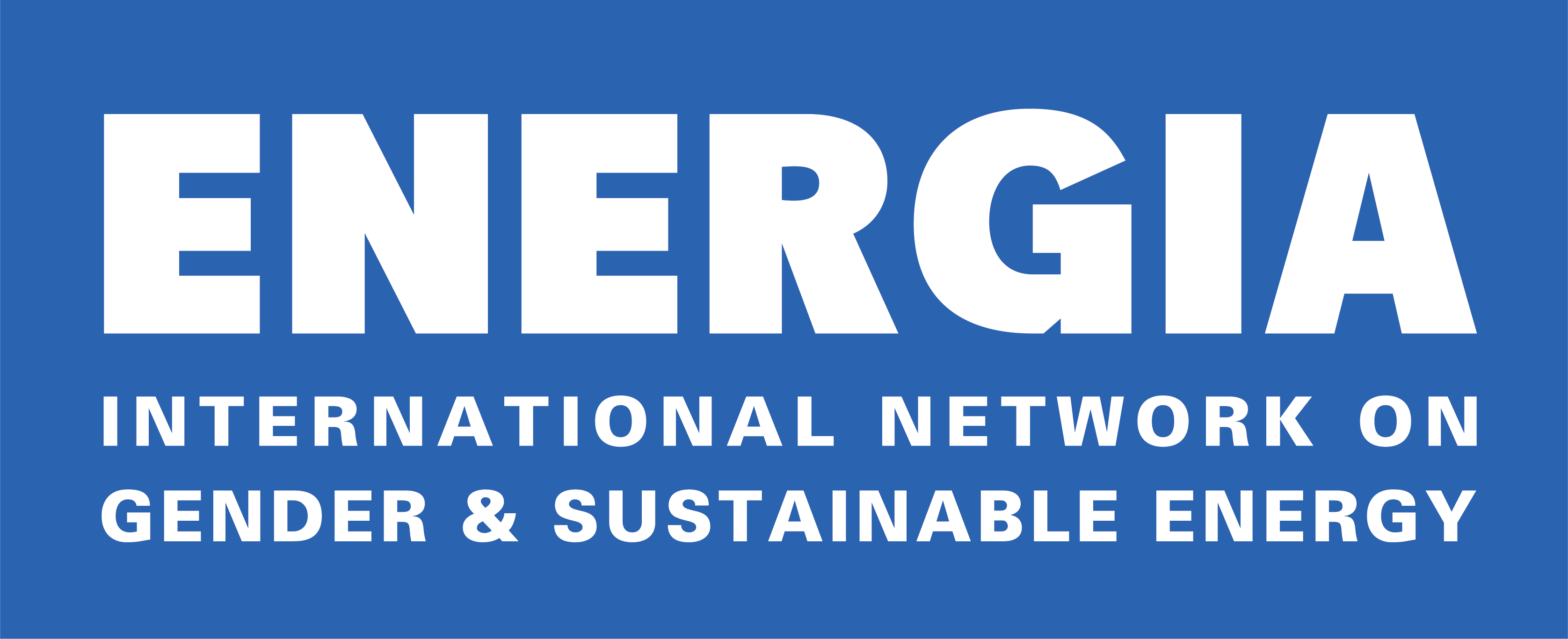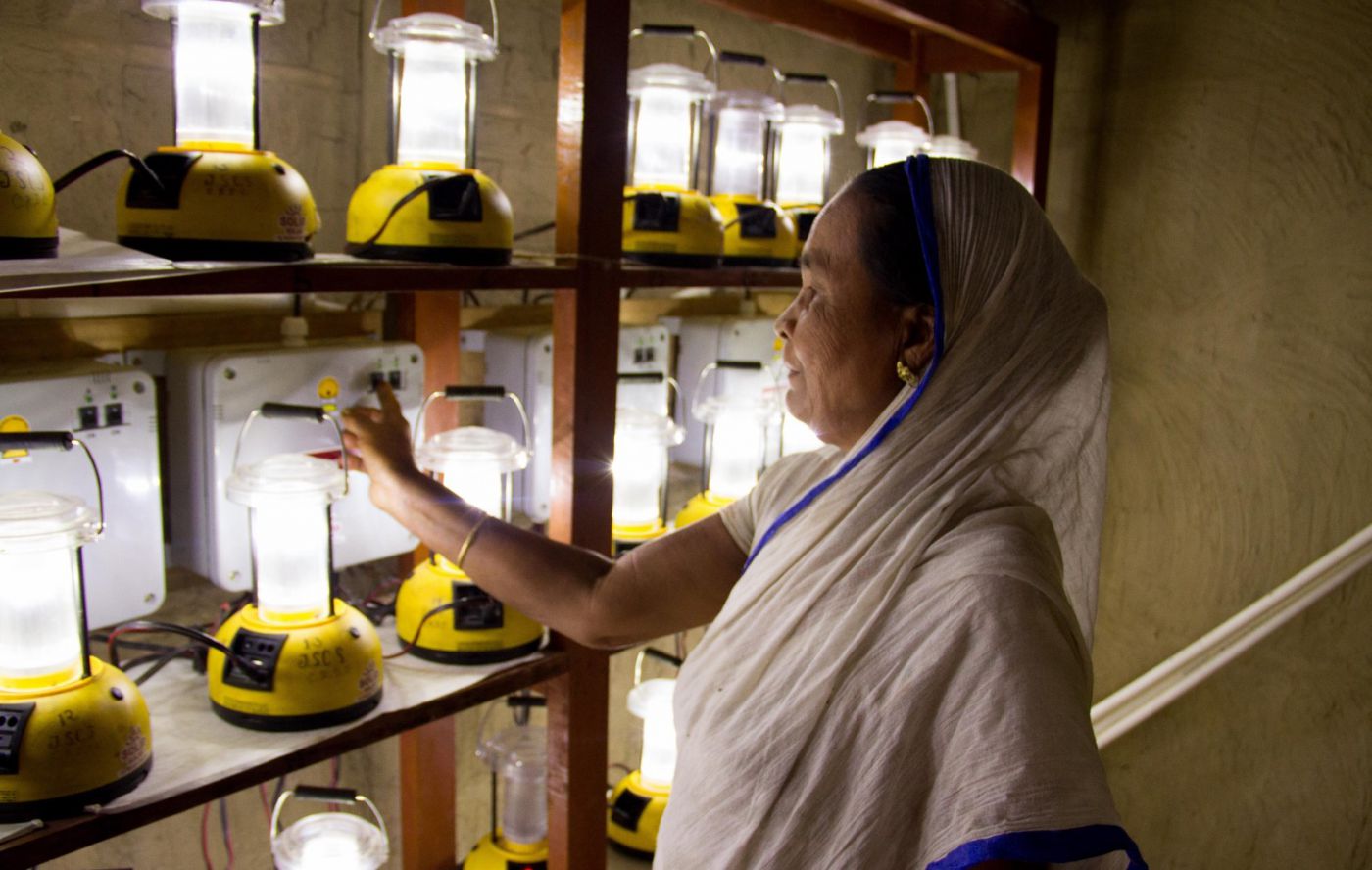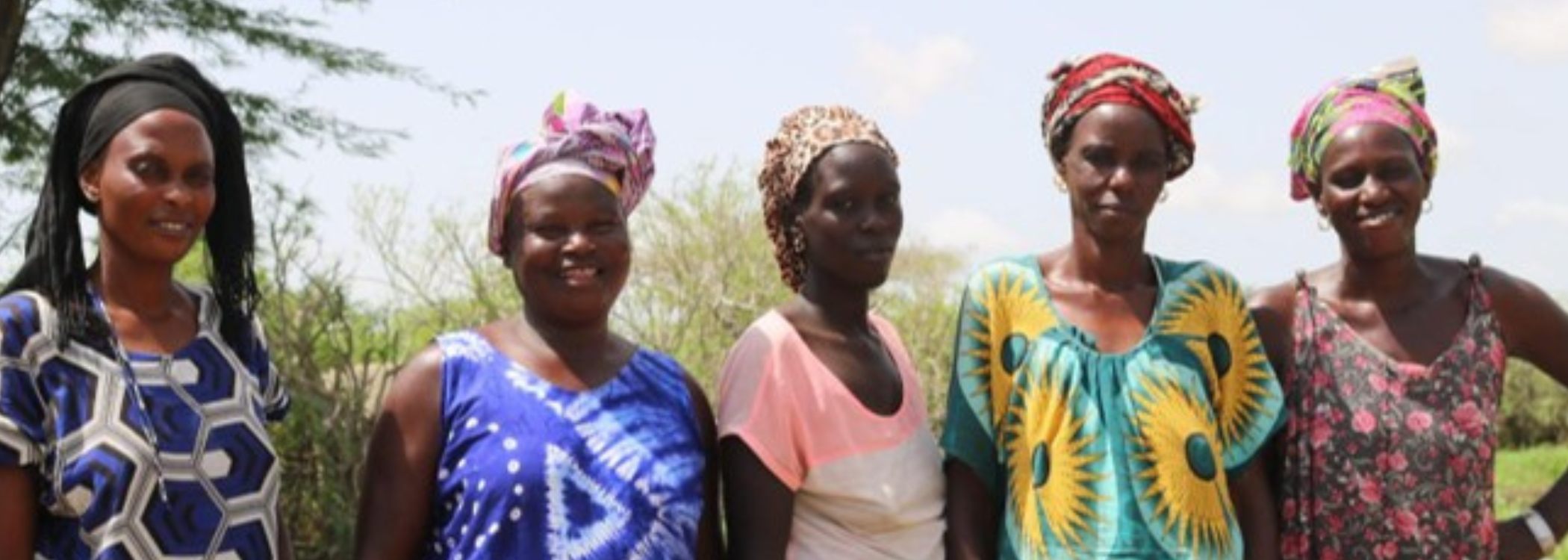Research Project 1: Exploring factors that enhance and restrict women’s empowerment through electrification
Exploring factors that enhance and restrict women’s empowerment through electrification
Universal energy access and gender equality are inextricably linked. Empowered women can help advance global energy initiatives, and energy initiatives can help empower women. On the other hand, studies have shown that gender-blind energy programs consistently cut women out of the picture.
How do we ensure that we’re working toward sustainable energy goals without leaving women behind? How can electricity access be used as a tool to empower women?
ENERGIA funded a four-year research project by the University of Oslo, TERI, and Seacrester Consulting and Dunamai Energy to answer these questions.
The study found that women’s involvement in the supply chain of new power systems is a powerful way to transform gender norms.
- Prestige by association: Involving women in the supply and maintenance of electricity sources puts them in a position of authority in their communities, particularly as electricity access in rural areas often comes with a sense of prestige.
- Changing perceptions: Women who were polled after being trained as repair technicians said they were seen as experts in their community, and that they were often called on for help or advice. 98% of Nepalese men surveyed believed women were capable of more after seeing a woman in a position of responsibility.
- Avoiding the reinforcement of gender roles: Interventions that don’t ensure that women are involved in the supply chain serve mostly to enhance women’s roles as caregivers, reinforcing existing stereotypes.
Rather than finding that one type of system (e.g. grids or portable lanterns) is preferable, the study found that reliability and affordability are much more important than the choice of system when it comes to women’s use of electricity.
- Women pay the cost of failing systems: When new power systems fail, or old systems are inadequate, women are the ones who bear the burden, both in time spent and risk of danger. 43% of the Kenyan respondents confirmed that women members of their households have been victim to violence when going to fetch firewood.
- Women have less capital: When the cost of electricity spikes, women are far less likely to be able to afford it. Women in the Kenyan and Indian samples earn on average only 40% of men’s income. 74% of widows in Homa Bay, Kenya do not have access to electricity, compared to only 40% of households with men. The high connection/subscription fee to the grid keeps electricity access out of reach for houses with lower incomes.
- Higher cost leads to lower activation: The cost of grid connection in Kenya is more than 3.7 times higher than Nepal and 37 times higher than in India, where universal access to either grid or off-grid electricity is almost achieved in the study areas.
The study also found that new electricity services are often structured in ways that exclude women.
- Bureaucratic regulations keep women out: Often only the formally registered owner of a house can subscribe to electricity services, and this person tends to be a man.
- Areas of the home traditionally overseen by women are ignored: In Homa Bay, Kenya, 39% of the households with a subscription to electricity do not keep electric light in the kitchen, largely the domain of the women in the household, despite the fact that it is often used after dark.
- Men make the purchasing decisions: Across Kenya, Nepal, and India, most of the electric appliances observed in people’s homes were either controlled and used jointly by household members or controlled and owned by a man.
Achieving universal electricity access, and using that access to help rather than hurt women’s empowerment, is not only a question of technology, but of policies, processes of implementation and organisation of supply. Involving women in every step of new electricity supply chains, taking their unique needs into account, and keeping new systems well maintained and reliable can help ensure that these two goals advance together, rather than further entrenching old norms.
Recommendations from the Report
- Set concrete goals for women’s inclusion in any electricity supply system, and work in collaboration with local women’s groups to find leaders who can take part in the planning, recruitment, and training process.
- Change energy subscription regulations to allow any person registered at a certain address to obtain a subscription, giving women living in houses they do not formally own access to electricity.
- Train installers of electric equipment to advise households to put lights in the kitchen by default, bringing women an improved working environment and increasing the perceived value of women’s work.
- Utilize offgrid and minigrid solutions, which allow a holistic approach to energy supply, meeting gendered demand for energy services and involving women and men sensitive to local gender norms. These approaches are more difficult to achieve through large scale standardised grid extension projects.
- Create financing or credit schemes for electric appliances that women want, so that they’re affordable even on a reduced income.
Partners
- University of Oslo (UiO), Centre for Development and the Environment (SUM), Norway
with - The Energy & Resources Institute (TERI), India
- Seacrester Consulting, Kenya
- Dunamai Energy, Malawi
- Collaborating partner: Alternative Energy Promotion Centre (AEPC), NepalContact: http://www.efewee.org/contact.php







